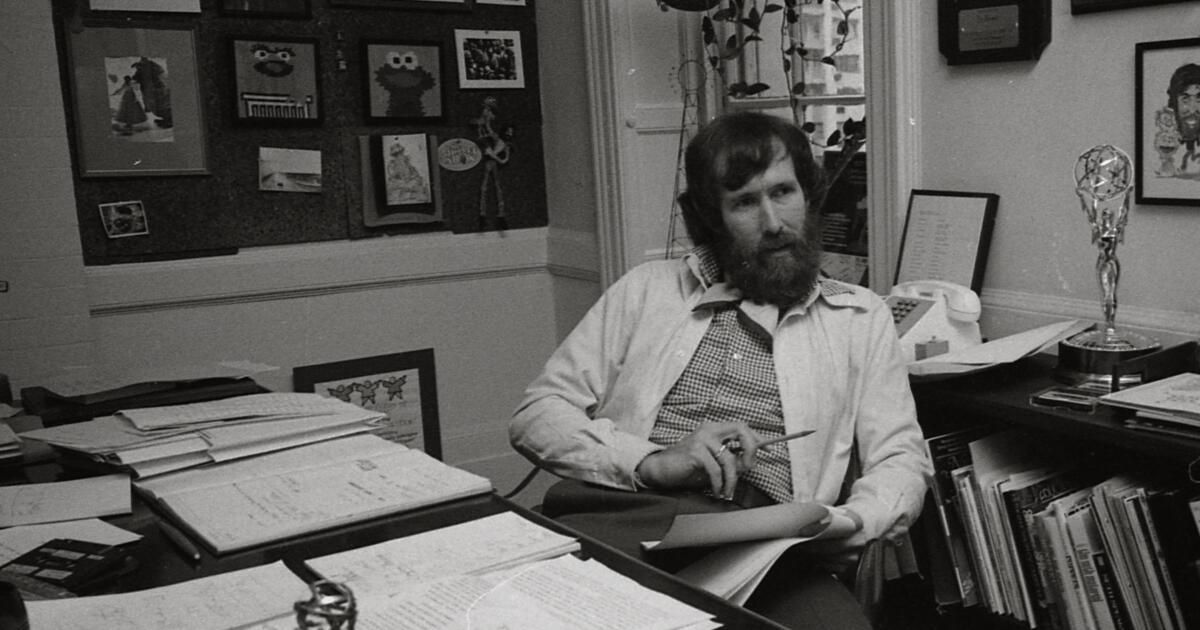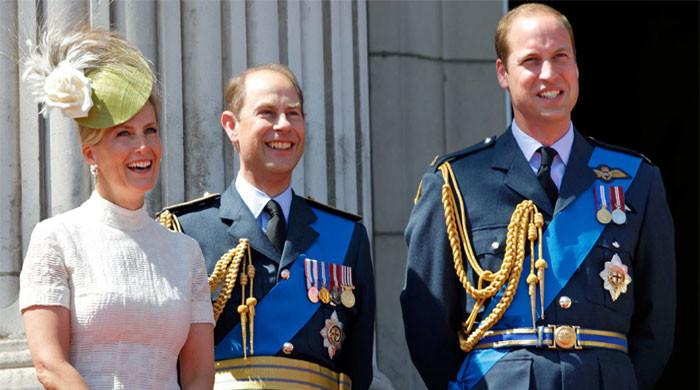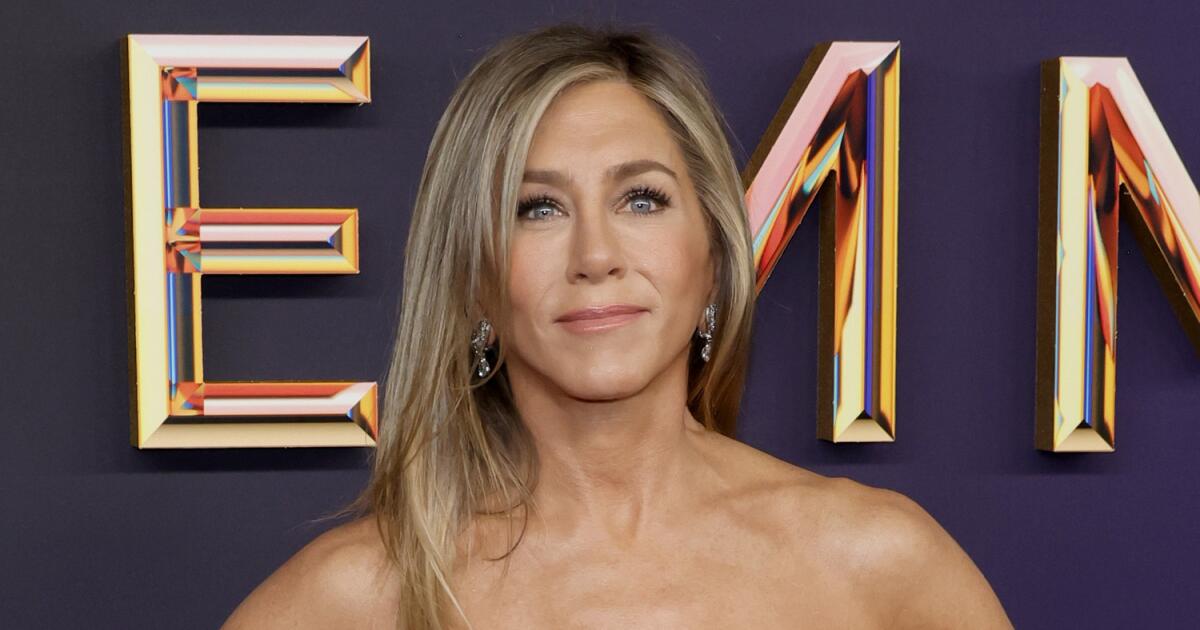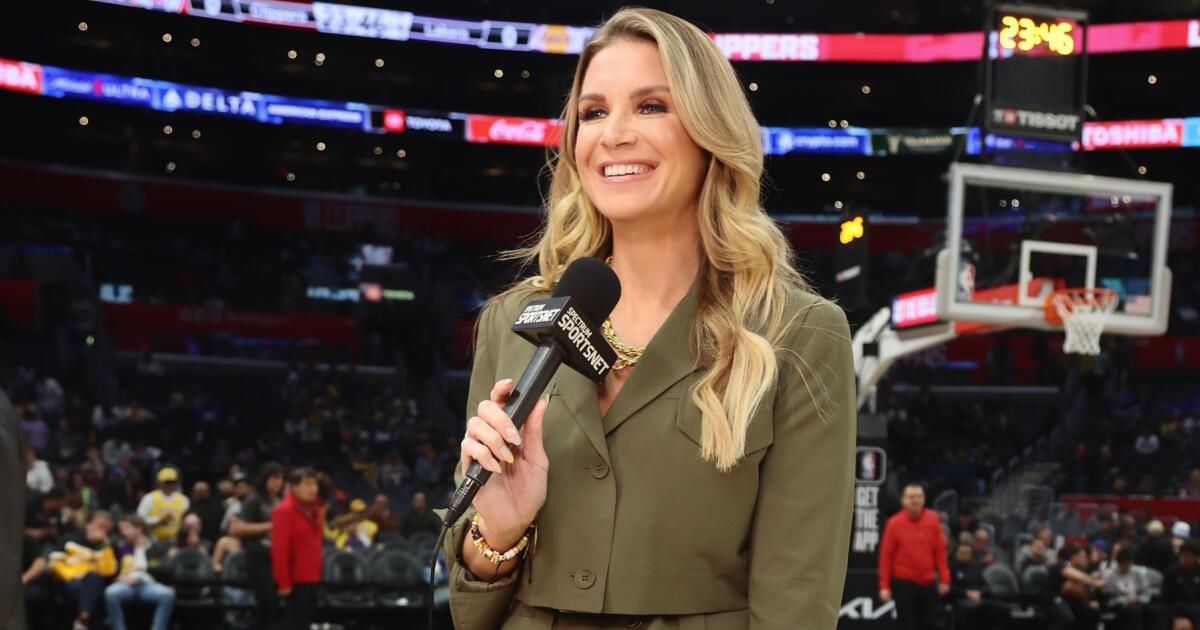All hail Jim Henson, now and always.
Puppeteer, Muppeteer, creator of worlds. No one other than Walt Disney has created so many important characters with such a wide scope. At its peak, “The Muppet Show” had a global audience of 235 million; Generations of children have been raised on Big Bird, Cookie Monster, Elmo, Oscar, Bert, Ernie and, of course, Kermit, and if any of those names need explaining, you must have led a very sheltered life.
Ron Howard has directed a documentary about the man, the artist, the innovator: “Jim Henson: Idea Man,” which premieres Friday on Disney+. If, strictly speaking, it is not everything one could ask for, it is only because one is eager for more. Could he have used more than a passing reference to “Fraggle Rock,” conceived as “a show that stops war”? Sure. Did I miss the Muppets' fabulous, fruitful pre-“Sesame Street” years as variety show guests? A bit. Would I have liked to know more about the late Jane Henson, Jim's wife and first contributor to the Washington, DC-based “Sam and Friends”? Definitely. But, as Spencer Tracy said about Katharine Hepburn in “Pat and Mike,” “there is a choice.”
Howard does an excellent job of communicating the variety of interests and activities of Henson, the public celebrity and the inner Jim (as he let it be known), the team leader and the family man, and weaves a cavalcade of clips and clips old and new. interviews on film with narrative clarity and emotional force. It would be the very uncurious and unreceptive viewer who leaves “Idea Man” without a greater appreciation of what is human and his work.
1
2
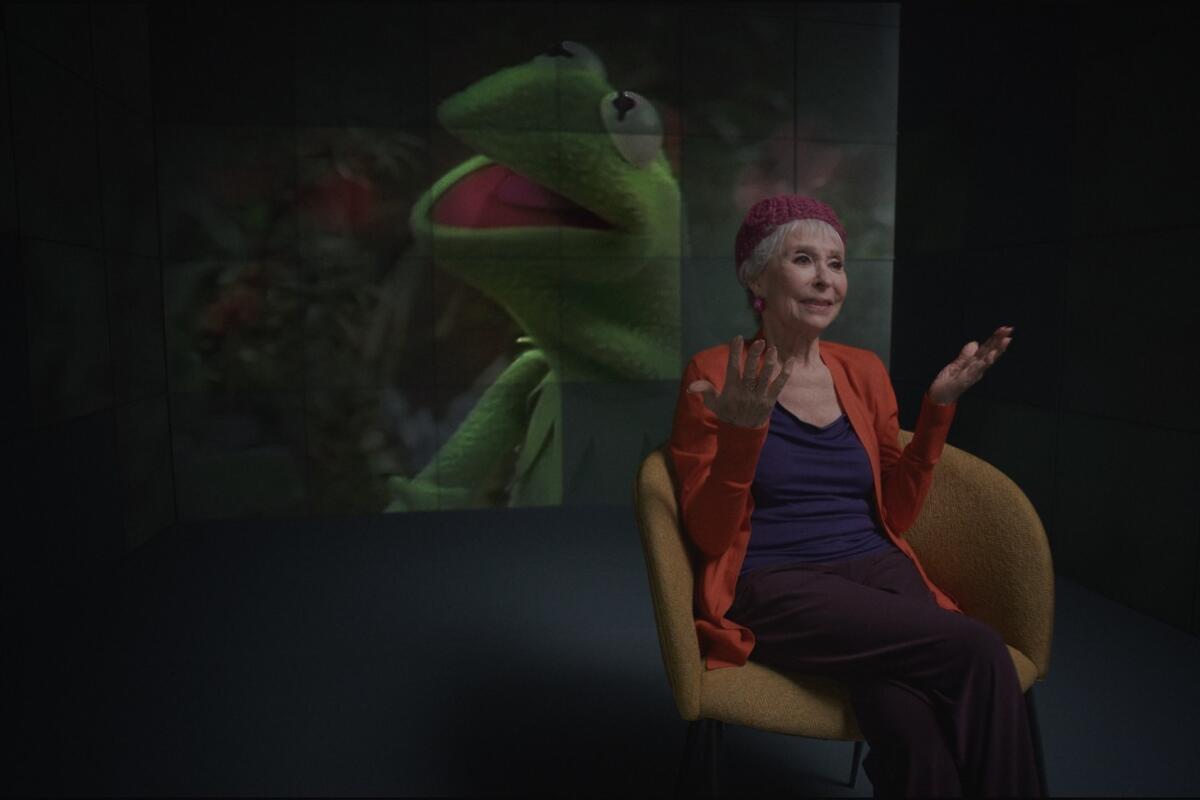
1. Jennifer Connelly starred in Jim Henson's “Labyrinth.” (Disney+) 2. Rita Moreno was a frequent guest on “The Muppet Show.” (Disney+)
Working with the cooperation of the Henson family (their four surviving children, all of whom were involved in some way in the family business, are recently interviewed), Howard has had access to archives, including sketchbooks, diaries, and early experimental films. But while “Idea Man” may be authoritative, and is certainly admirable, he doesn't feel neat. I suppose it would be possible to find someone who worked for Henson and had a bad experience, and here the ups and downs of their marriage are laid out for you to inspect. However, there are too many testimonies from his closest associates to believe in him as anything more than a great boss, an open collaborator, a man who made art for the right reasons, and a loving, if often absent, family man. .
“Jim created from innocence,” says Frank Oz, the Piggy to his Kermit, the Bert to his Ernie, who estimates they spent half their time off-script. “He was so inward and calm that his inner life must have been brilliant.”
What makes the Muppets different from other screen puppets? (Not necessarily up there, given the brilliance of Burr Tillstrom and Shari Lewis.) In addition to Henson's technical innovations (most famously the use of video monitors that allowed puppeteers to frame their performance in real time), they are a company, or companies, composed of many players.

Jim Henson with Kermit the Frog.
(Disney+)
There are the Muppets from the “Muppet Show” (Miss Piggy, Fozzie Bear, Animal and so on) who are now the intellectual (and I assume real) property of Disney, who has used them well and badly. There are the Muppets from “Sesame Street,” now owned by Sesame Workshop (formerly Children's Television). There are the characters that Henson developed for “The Dark Crystal,” “Labyrinth” and “Fraggle Rock,” without entering the television series put together by the Jim Henson Company after his untimely death in 1990, including “Dinosaurs” and “ “Earth to Ned.” .”
And they are also companies in the theatrical sense, in the sense that the characters can play other characters while still being themselves, as in “Muppet Treasure Island” and “A Muppet Christmas Carol.” They have on-screen characters and sort of “real life” characters, shown when they spontaneously interact with the real world, appear on talk shows, or present an Oscar.
Puppets are magical; The amount of life and expression that a talented operator can impart to a figure with no moving parts other than a mouth and an arm, like Kermit, originally made from Henson's mother's old green coat and a ping pong ball cut in two For the eyes, it is amazing. . And it becomes even more magical when we see the puppeteers at work, which we do here often. There is a beauty and joy in acting beyond what is being represented.
Henson used to say that he didn't set out to be a puppeteer; he simply saw it as a way to get into television. But the world will tell you what you are good at.

